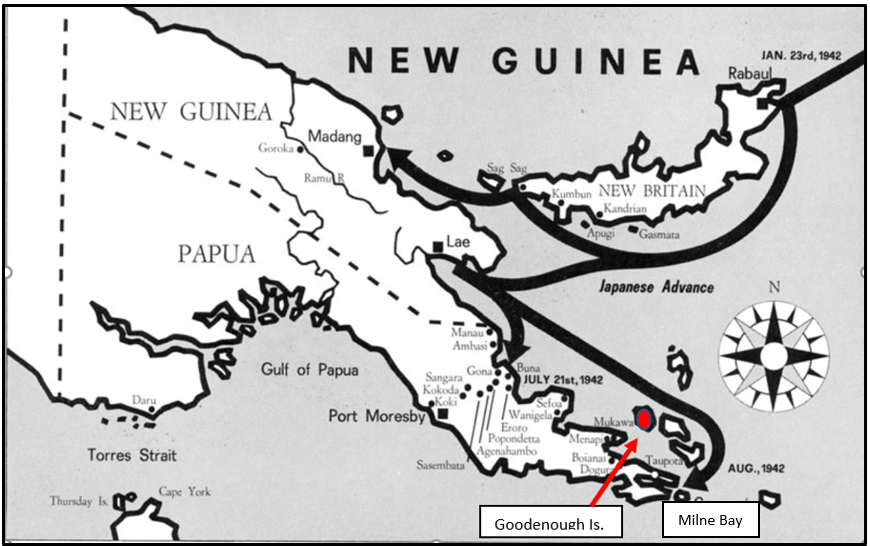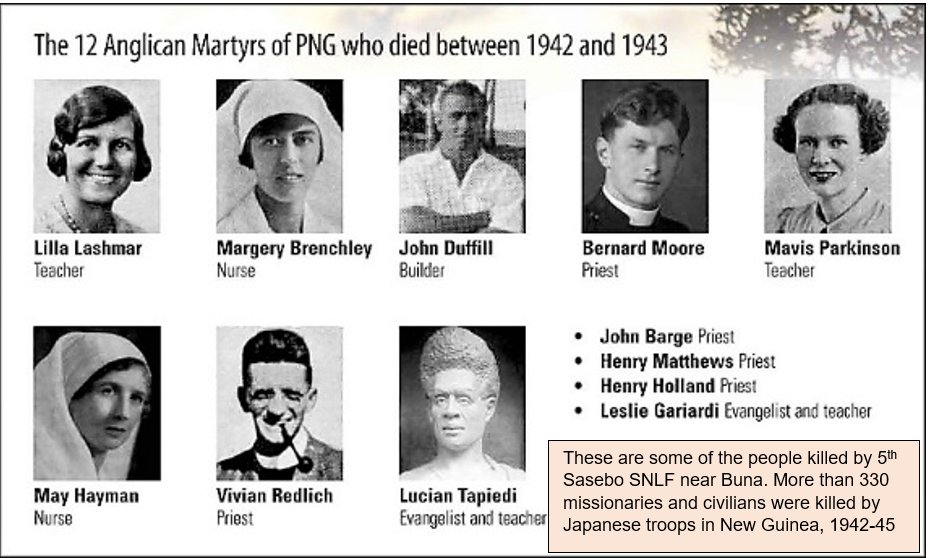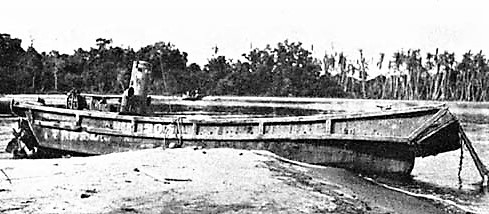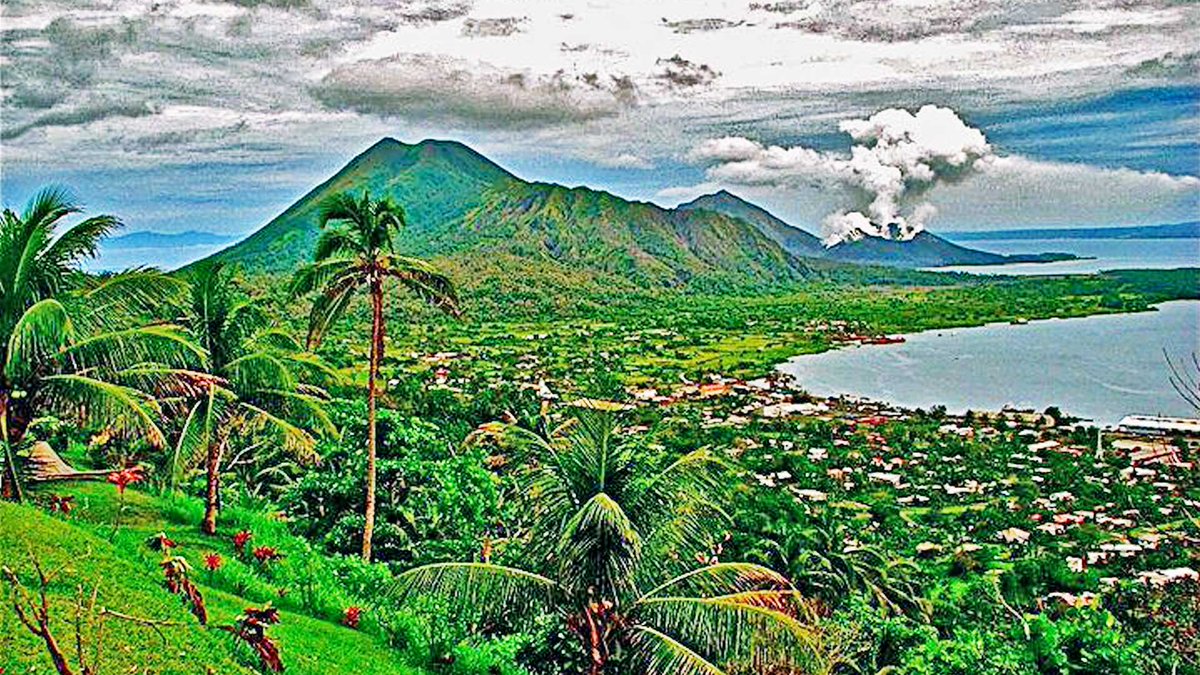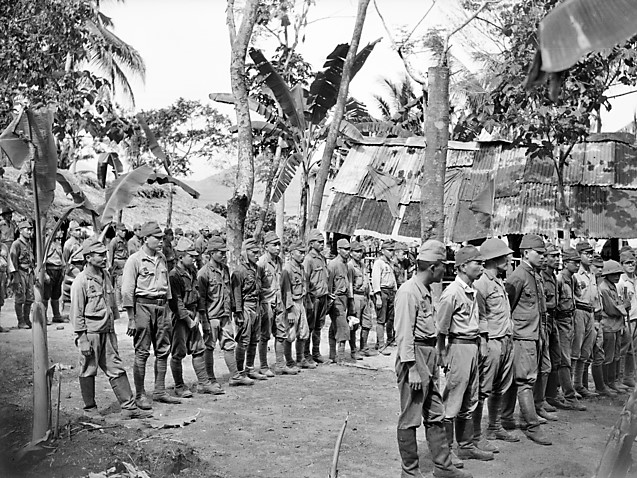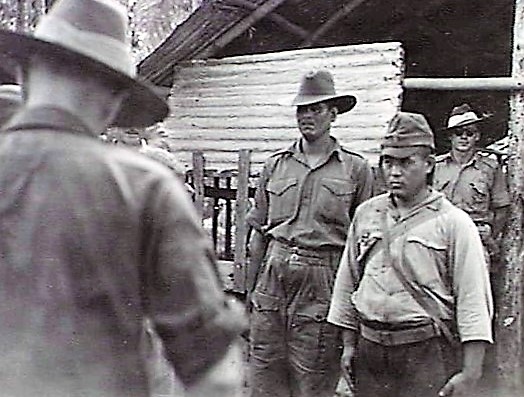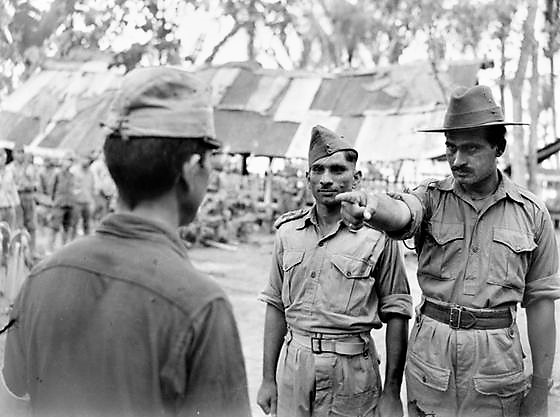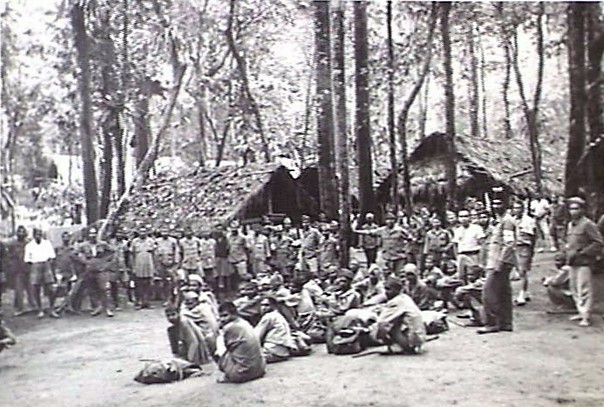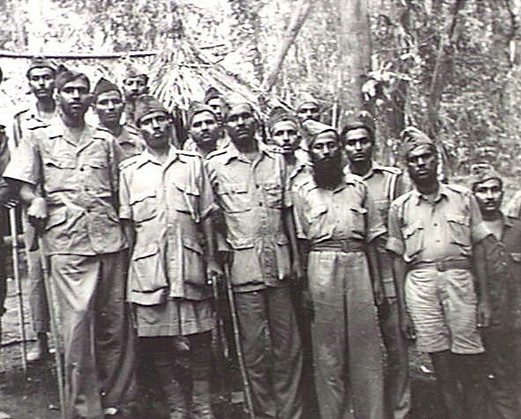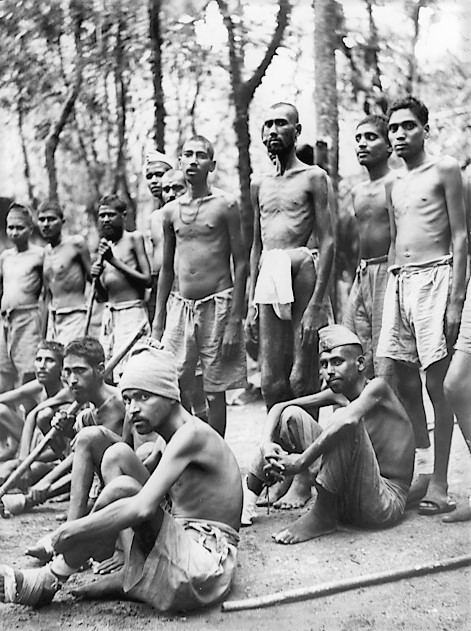
Thread
Oct 1942: The LOST BATTALION. General MacArthur, frustrated with the “slow pace” of the Australians’ advance on the Kokoda Trail in the Papuan campaign, decided to send a newly-arrived US Btt'n over another barely passable trail to cut the Japanese supply line from Buna.
Oct 1942: The LOST BATTALION. General MacArthur, frustrated with the “slow pace” of the Australians’ advance on the Kokoda Trail in the Papuan campaign, decided to send a newly-arrived US Btt'n over another barely passable trail to cut the Japanese supply line from Buna.
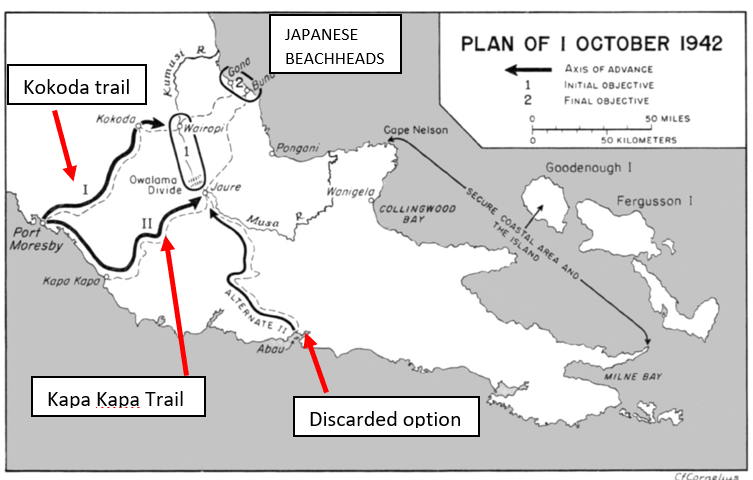
Plan: to flank attack the Japanese bastion at their Buna-Gona beachheads. The Kapa Kapa Trail, 210 km-long is more than twice as long as the Kokoda Trail and at its highest point (3,100 m) is more than 1,000m higher. Total ascent and descent was (and still is) a daunting 14,400m. 

The Kapa Kapa Trail - very steep, difficult, and remote, even today. Over 900 members of the completely unprepared 2d Bn,126 Infantry Regiment, 32nd Infantry Division trekked across it in 42 heartbreaking, agonizing days - never saw a Japanese soldier during their exhausting trek 
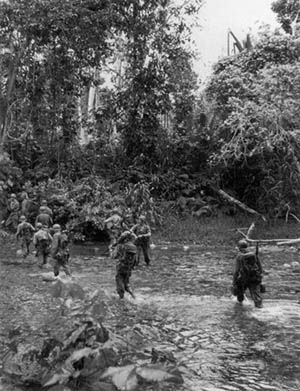
The troops from Michigan suffered greatly from exposure to the mountain conditions; most contracted malaria, dengue fever, bush typhus, trenchfoot & tropical dysentery. They had only 6 days rations, expecting resupply drops en route. Papuan carriers left them after several days. 
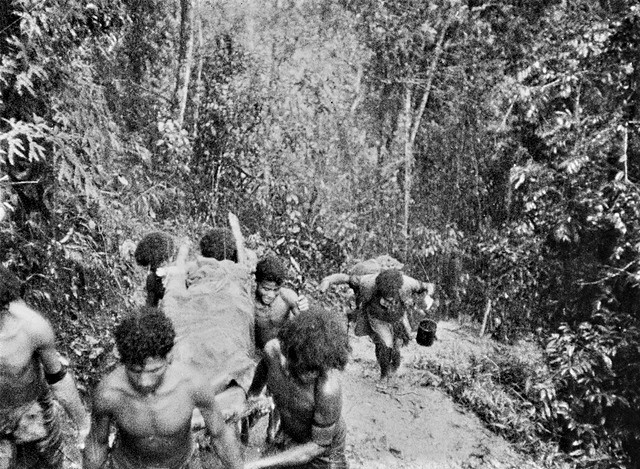
Harsh reality of the New Guinea climate was a terrible shock to the raw II/126th. Totally lacking in jungle training, their field craft was appalling. Rate of advance was far below their Australian allies. At the trail’s end, they were in a badly weakened and dispirited state. 
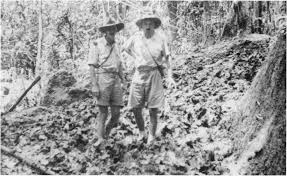
No K-Rations. No Spam. Only hardtack biscuits, rice, Australian bully beef often rancid, much food poisoning. It rained every a/noon. No machetes, no bug repellent, no waterproofing for medicine/personal effects. "One of the most harrowing marches in American military history." 



“Everyone was driven on by fear of being left behind.” 70% contracted malaria. “If we stopped, we froze. If we moved, we sweated. We kept hearing water running somewhere, but we couldn’t find any”. Most food drops failed; Col. Quinn, OC of 126th Regt, was killed in one air crash. 

After 6 weeks the last sick men staggered in. After only ONE week’s rest, II/126 Bn, now called “Ghost Battalion” was ordered to Buna against battle-hardened enemy troops. In the ensuing Beachheads Battle they ran short of weapons, medicine and even food. It did not go well. END 
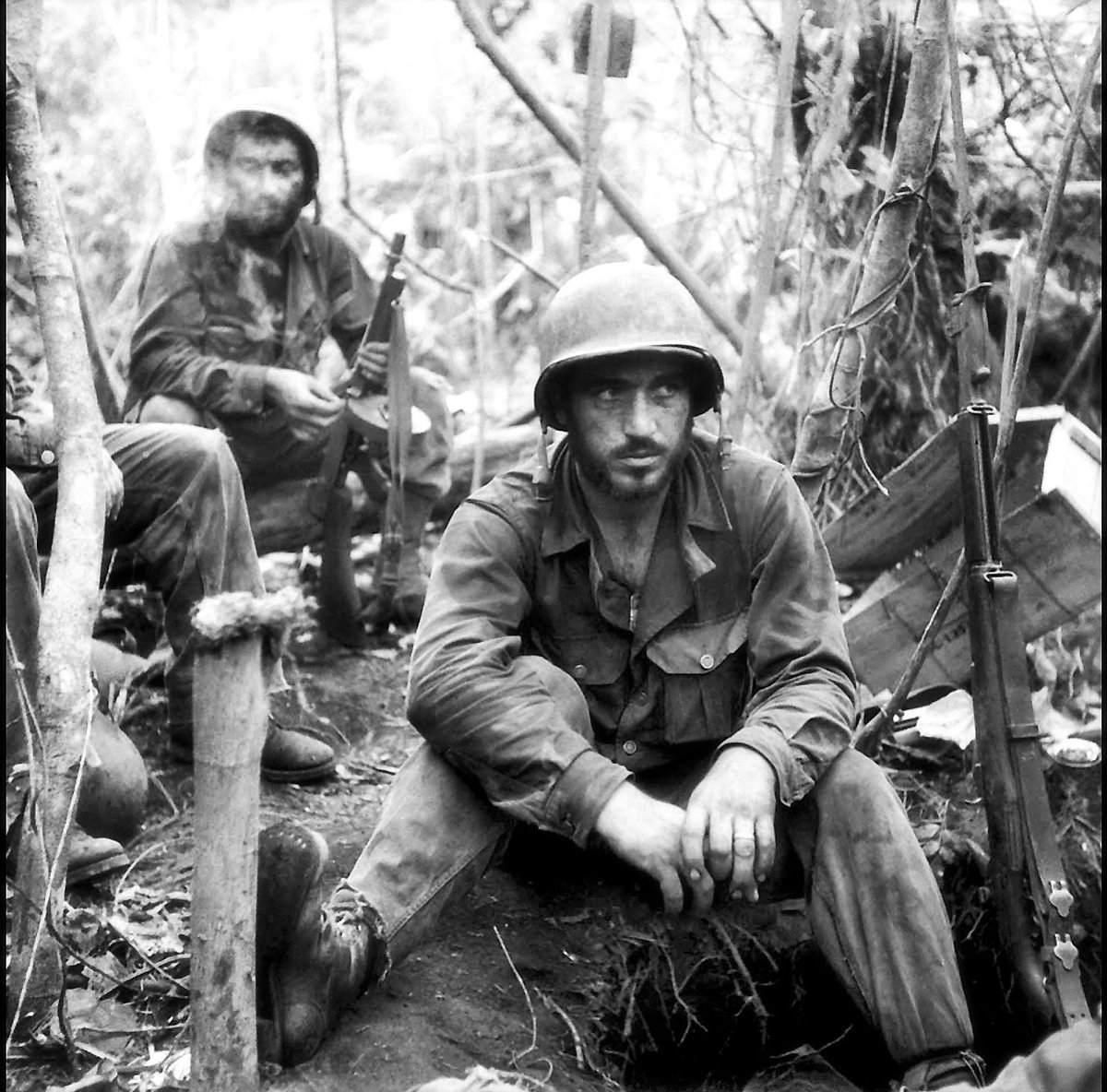
• • •
Missing some Tweet in this thread? You can try to
force a refresh

